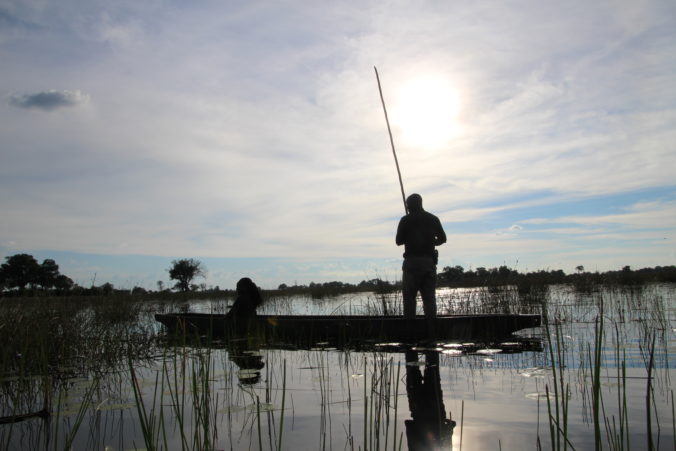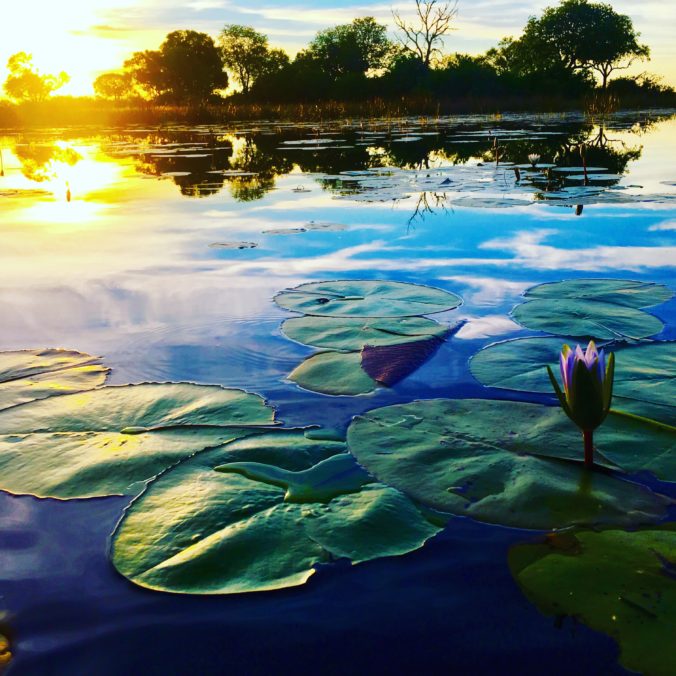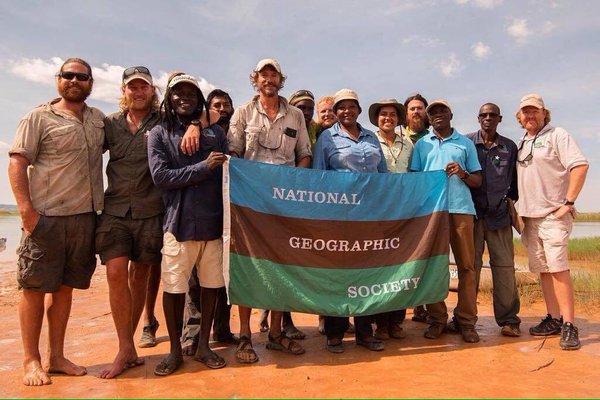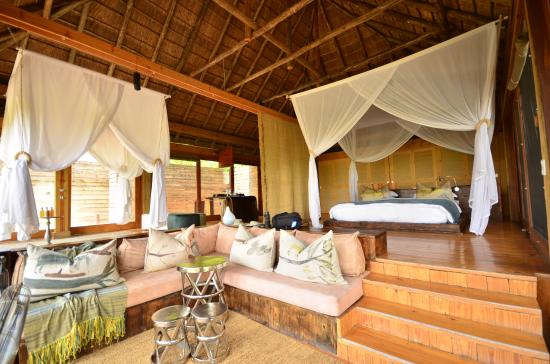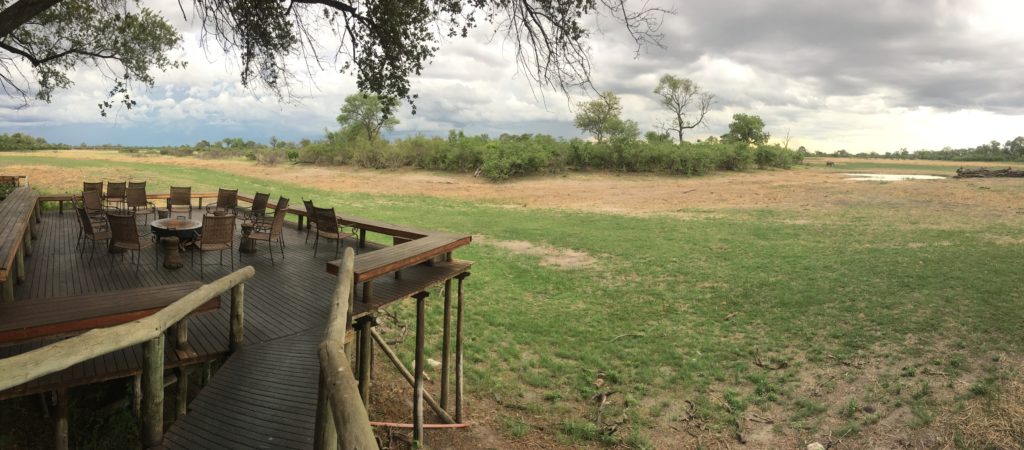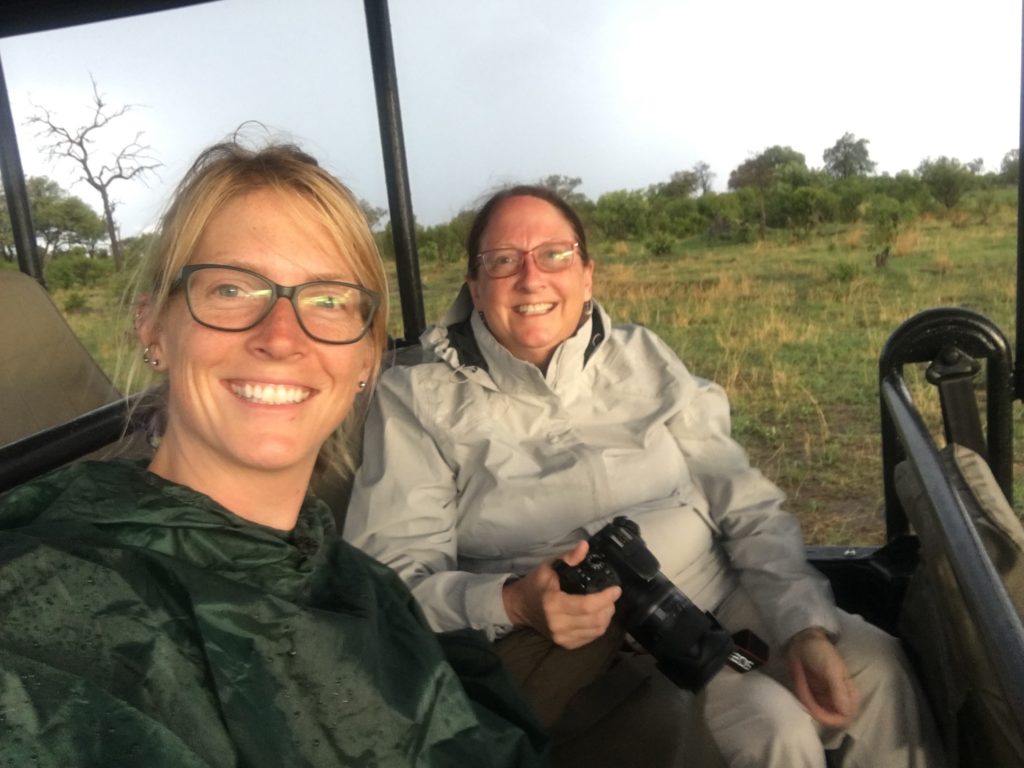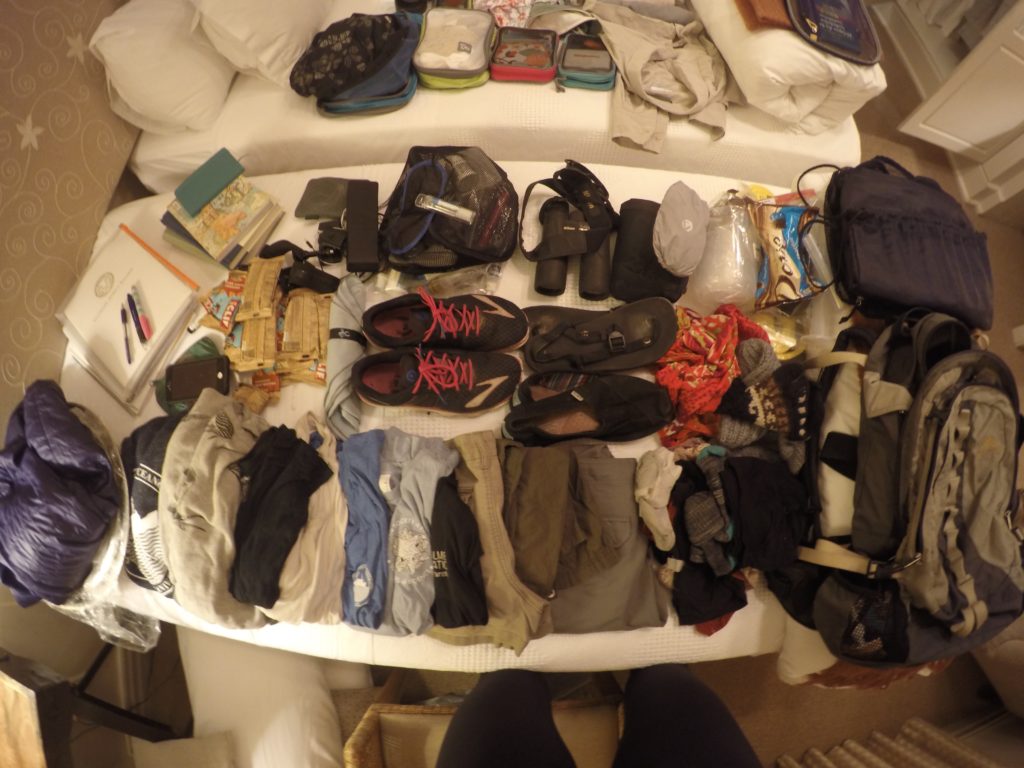I still could not believe I was about to spend the next seven days soaking in the beauty of the Okavango Delta, enjoying the wildlife and hospitality of the people at Wilderness Safaris in Botswana. If you missed the post about how I came to book this trip, click here.
The Okavango Delta is the world’s largest inland river delta and the last remaining intact wetland. In June 2014, it became the 1000th site to be officially listed as a UNESCO World Heritage Site.
The source begins in the Angolan highlands where myriad streams and smaller rivers combine to bring summer rains (falling between October and April) through Namibia before finally reaching the delta basin in Botswana (around March through August).
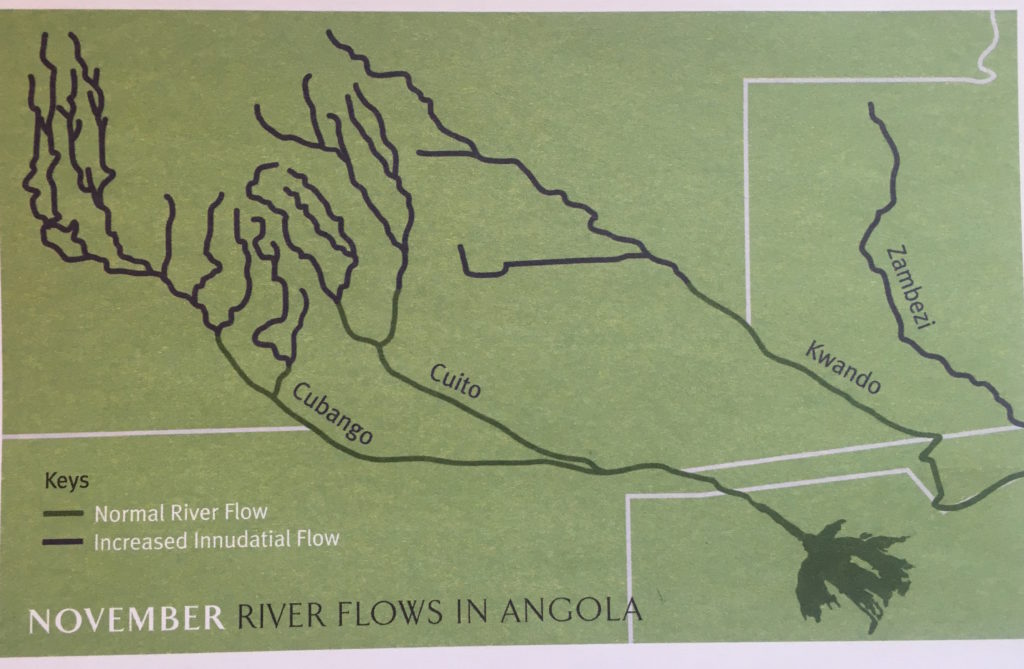
Simplified catchment flow progression. From Wilderness Safaris pamphlet
At this point in the season, the delta swells to three times its permanent size. Animals from miles around come to Botswana for this influx of water, thus creating one of Africa’s greatest concentrations of wildlife.
So how long does it take to travel to Africa from the west coast of the US?
FOR.EH.VER.
We spent nearly 26 hours in flight, totaling 38 hours of travel, including layovers. I left San Diego bright and early to fly to Washington DC, where I met my mom and caught my overseas flight to Johannesburg. That distance took 18 hours to fly and the plane made a pit stop in Ghana to refuel. Once we got to Johannesburg the flight to Maun, Botswana, was less than two hours. From Maun, we caught a small puddle jumper flight to our first camp at Savuti, which is in the Linyanti concession.
I was able to sit as co-pilot in the tiny plane and gaze at a spectacular bird’s eye view of the region.
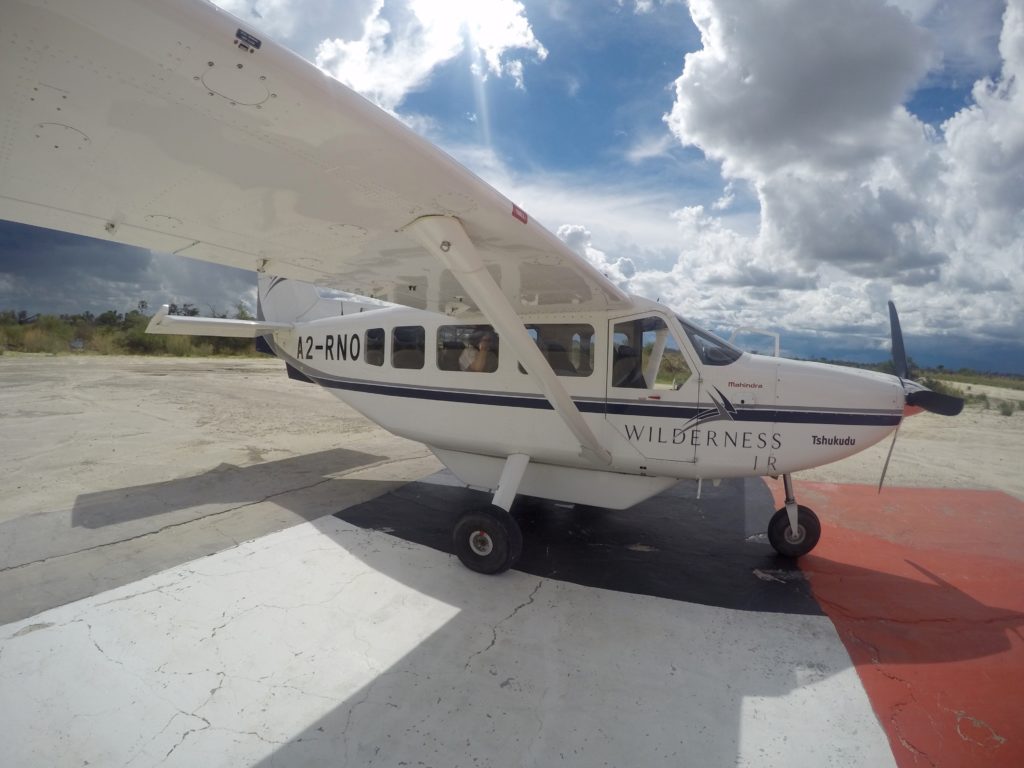
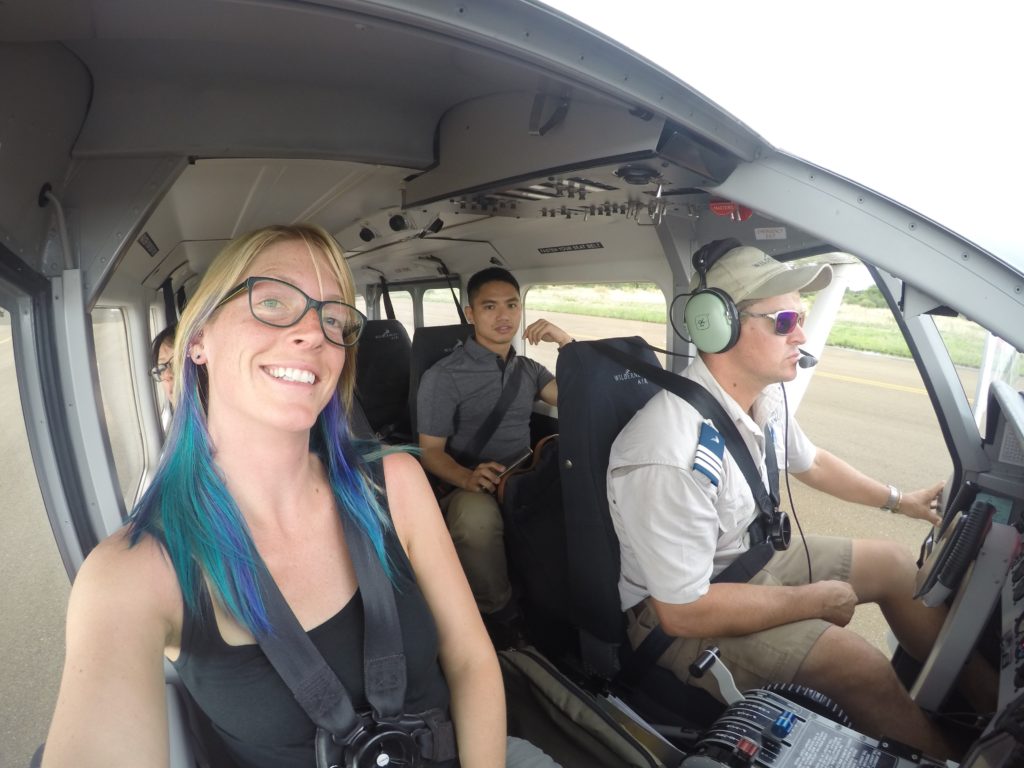
Copilot with Trent in charge. (Trent also has hopes of flying with Kenmore Air for any of you Seattle folk! Although I’d say flying bush planes in Africa is WAY cooler.)
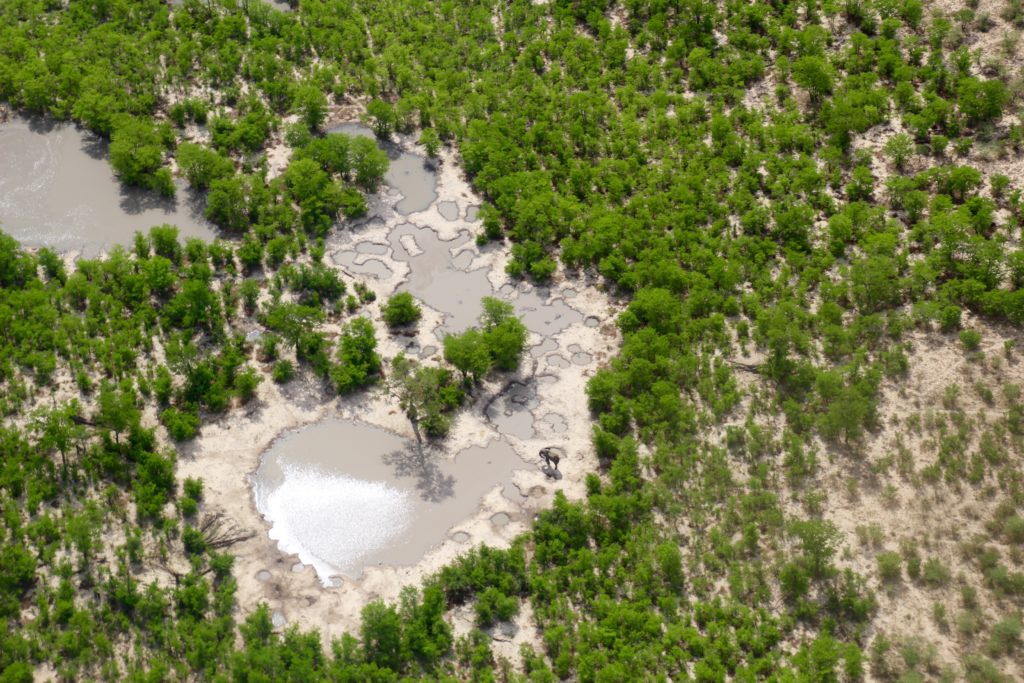
Can you see the elephant at the waterhole below?
Our pilot, Trent, warned us about slight turbulence and made sure we knew where to find the doggie bags. Down below we spotted elephants drinking at a watering hole, so to gain a better view he made a large circle around. It was during that time my mom discovered airsickness. Luckily, the doggie bags were within reach.
We landed at the small dirt airstrip where ST greeted us with a big smile. It had been raining off and on so everyone was wearing dark green ponchos. ST drove us down a mud road to the Savuti camp where a group welcomed us with singing.
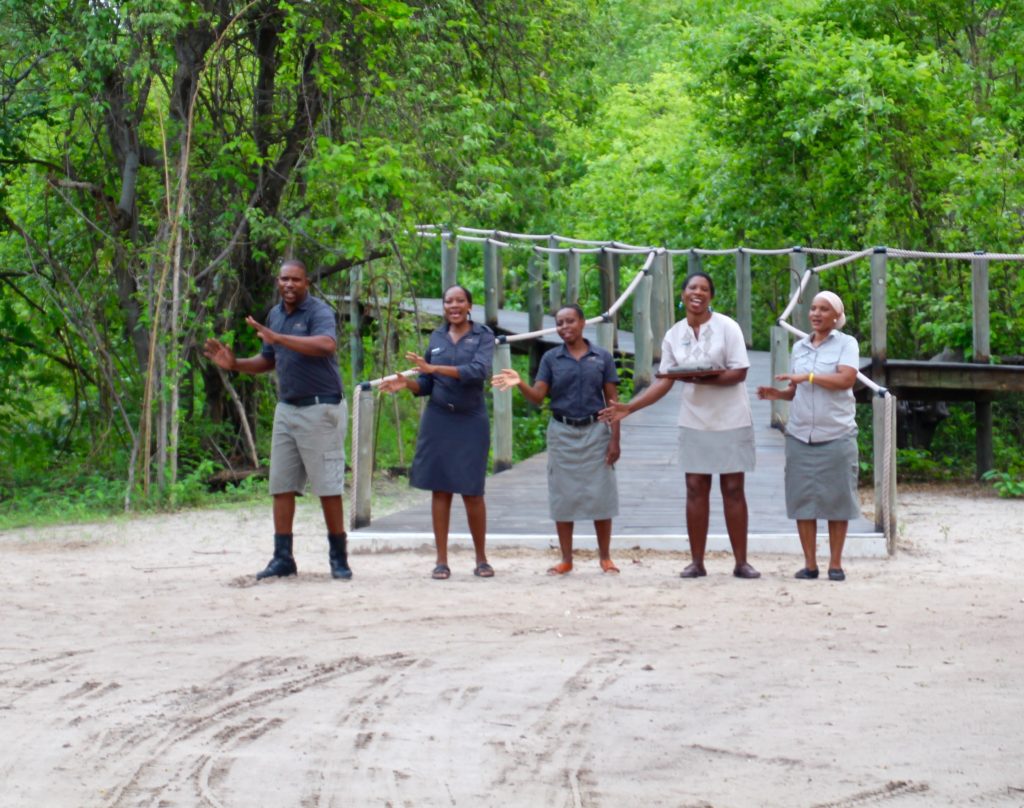
Greeting committee: Quest, Julia, Sally, Kelly, Nkuma? (If you’re from Wilderness Safaris, help me fill in the missing names!)
We had no idea what to expect but were blown away immediately. The Savuti lodge is built rustic and beautiful with an open air plan, just the way I like my living! In the elements where you can feel close to nature, hear the sounds, and see the sites directly from your bedroom. Nothing like the boxed in cages of posh hotel rooms in the city.
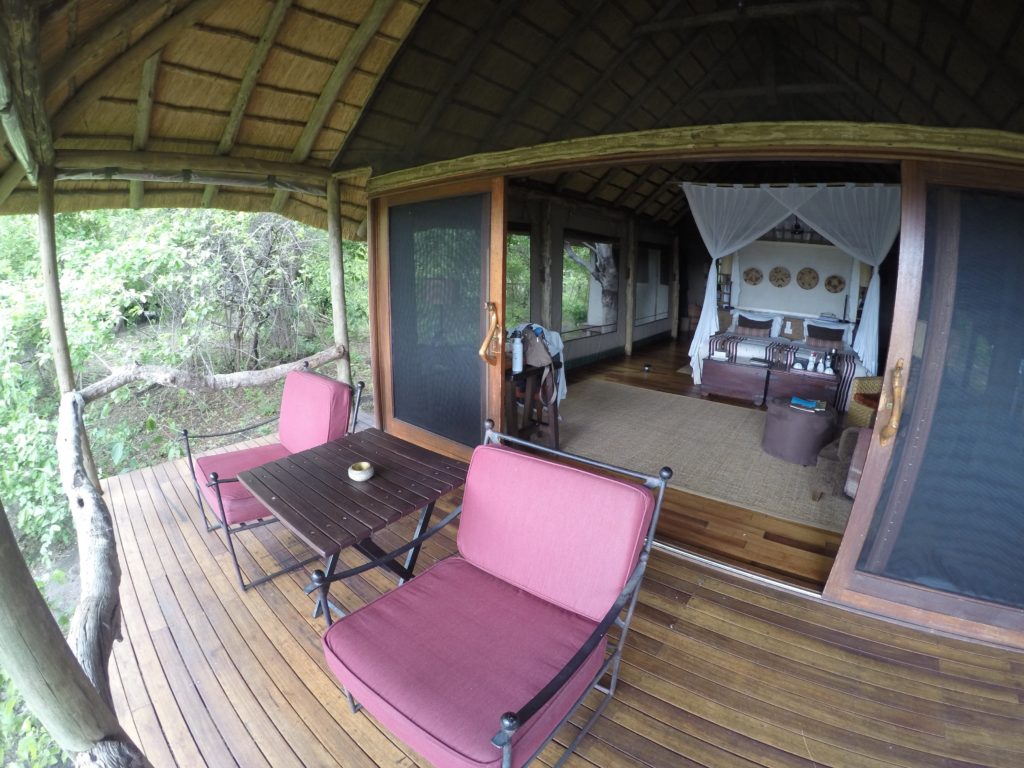
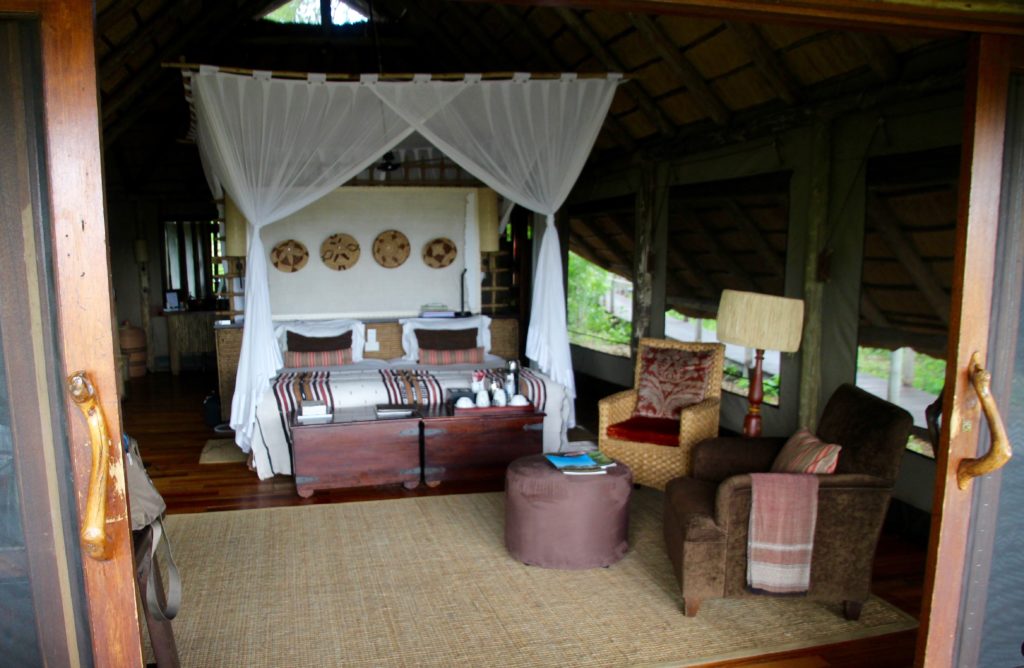
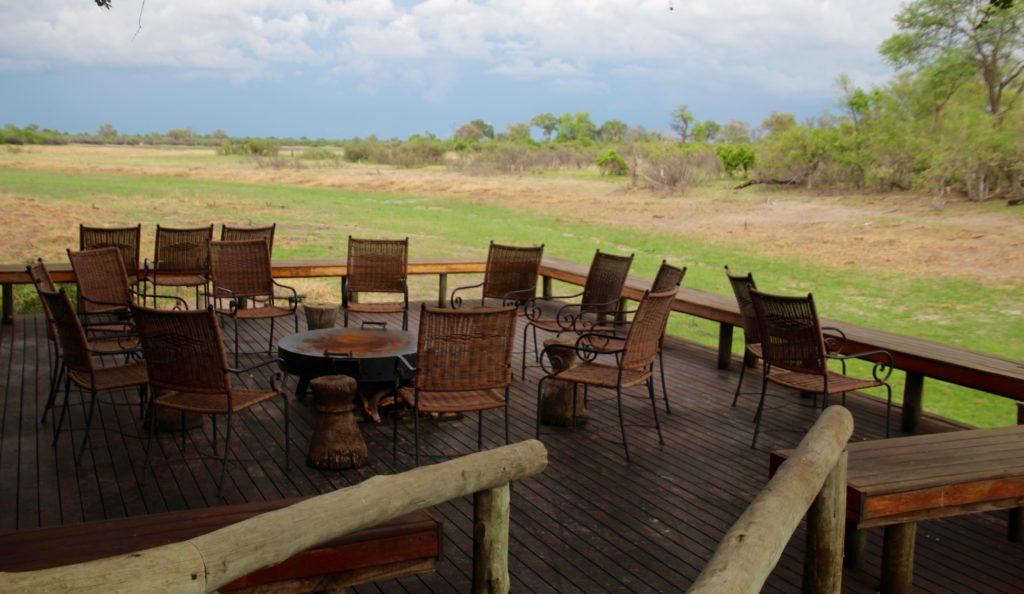
Elephants could literally come through your front yard, and have in the past.
After our briefing with tea and cookies, we had the option to go out on a game drive or relax. Relax?! I dont think my family knows the meaning of relax. Even though it was raining, we emphatically said YES to the game drive! My mom and I were born and raised in the rainy city of Seattle, afterall.
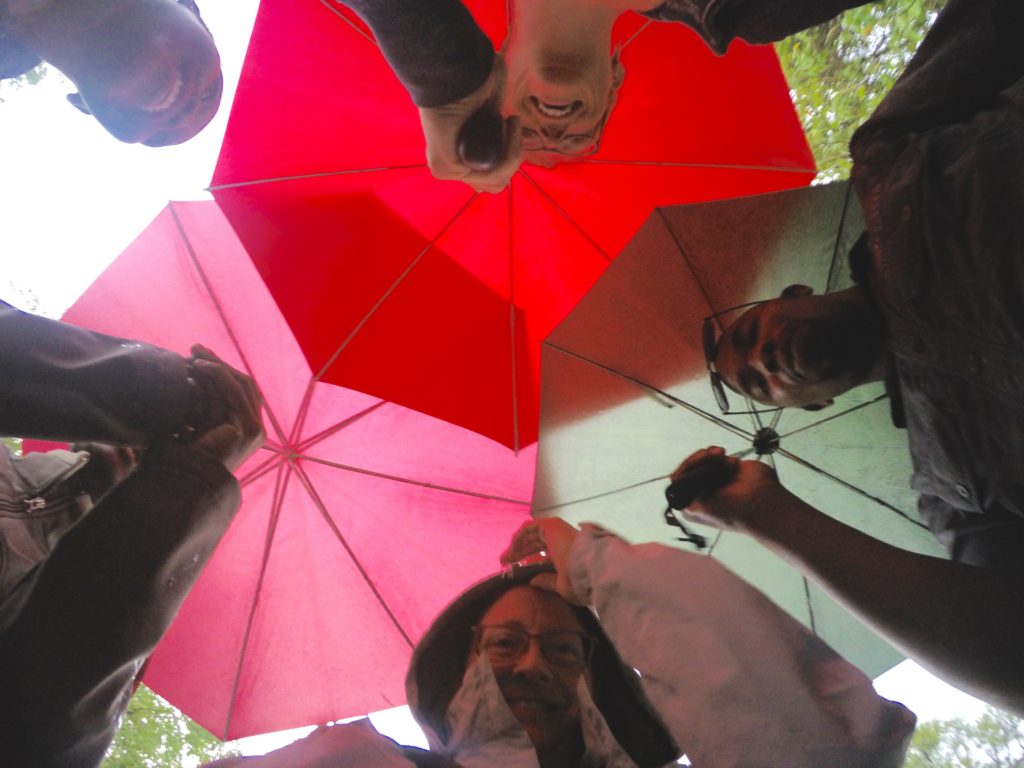
Sally, me, ST, mom and Phalana wait in the rain for our guide to come.
The rain didn’t seem to bother the impala nor the elephants as they feasted away on the mopane trees…
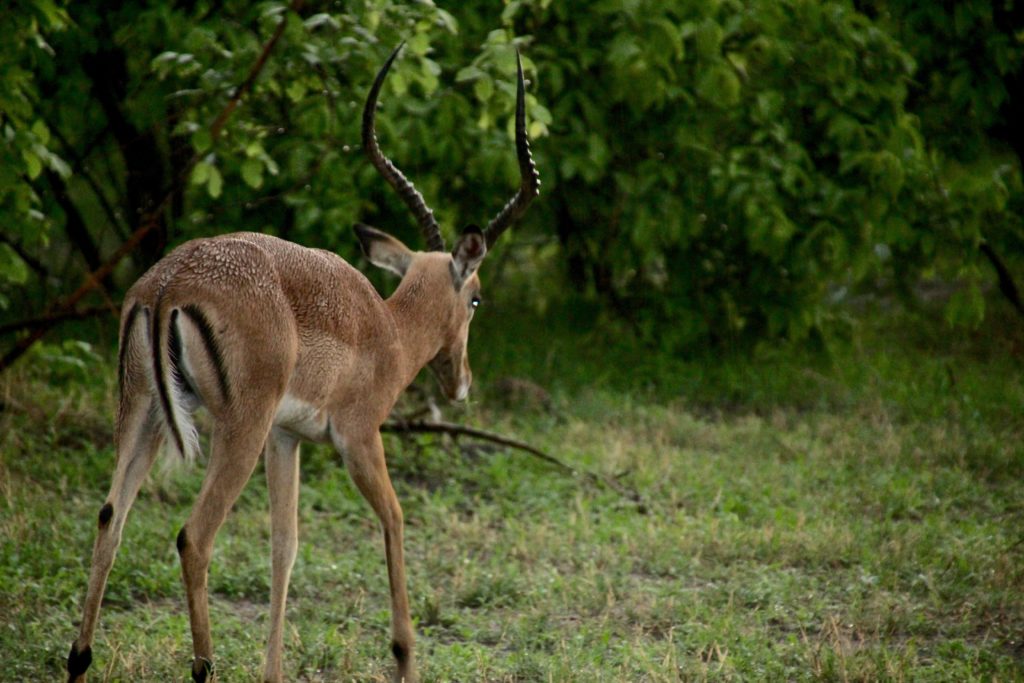
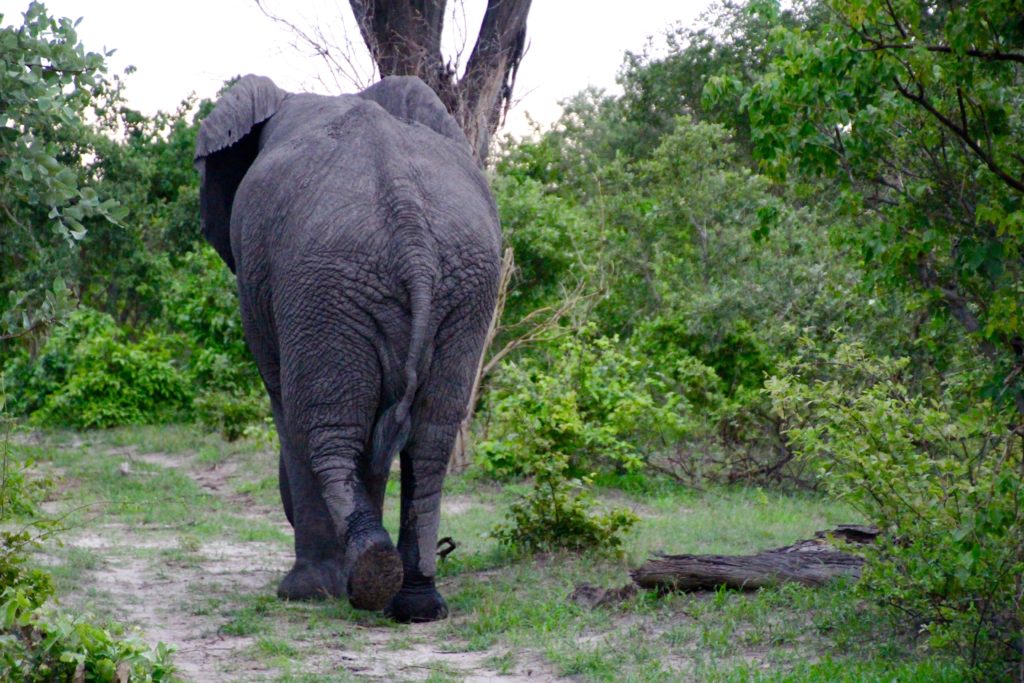
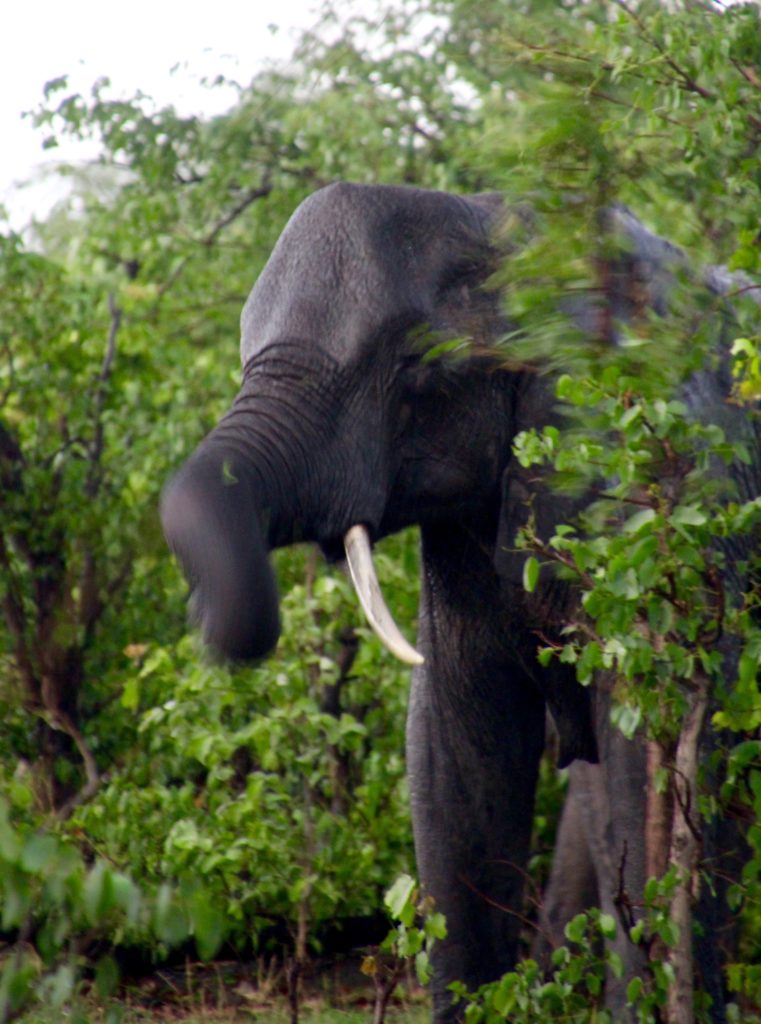
Last year I had visited Kruger National Park in South Africa during the dry season of June, so I was not expecting there to be so much green. I suppose, when you think about it, that is the whole point of the rainy season in December! It was spectacular and made the bush lush and thick. A perfect place for animals to hide.
We left the thickets and opened into a large meadow. I raised my binoculars and started scanning the edge of the meadow. Thats when I saw it.
A lion!
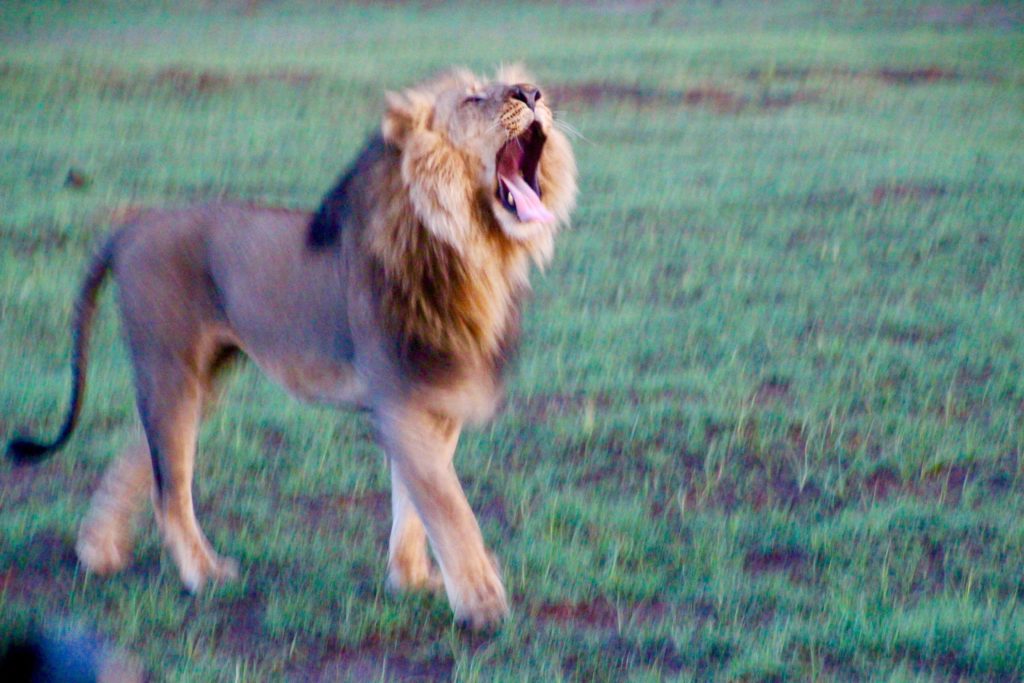
Two lions!
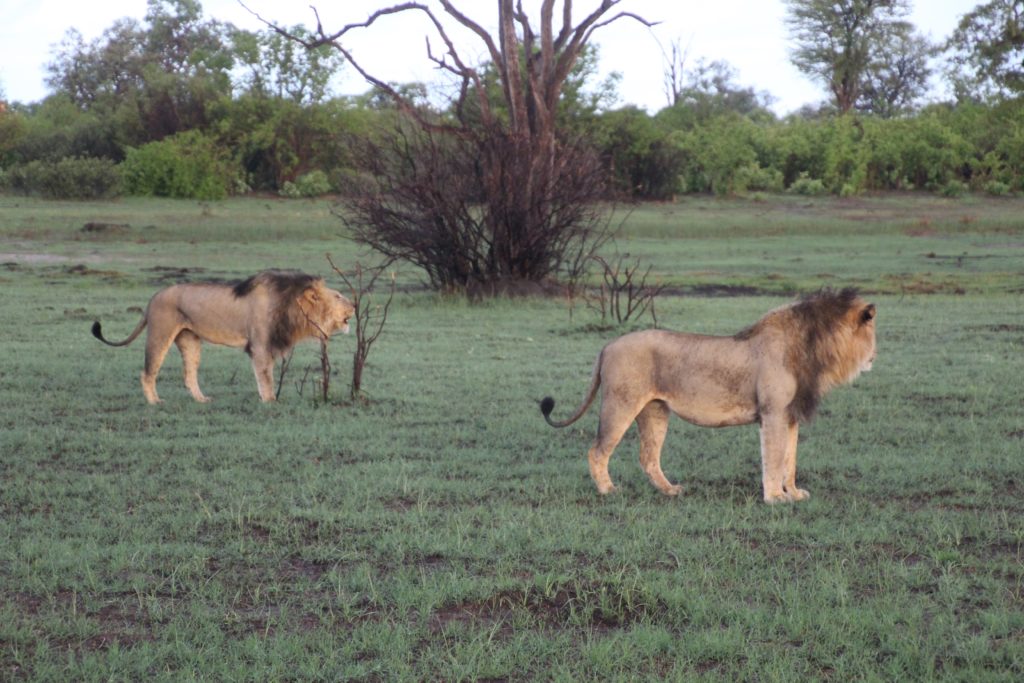
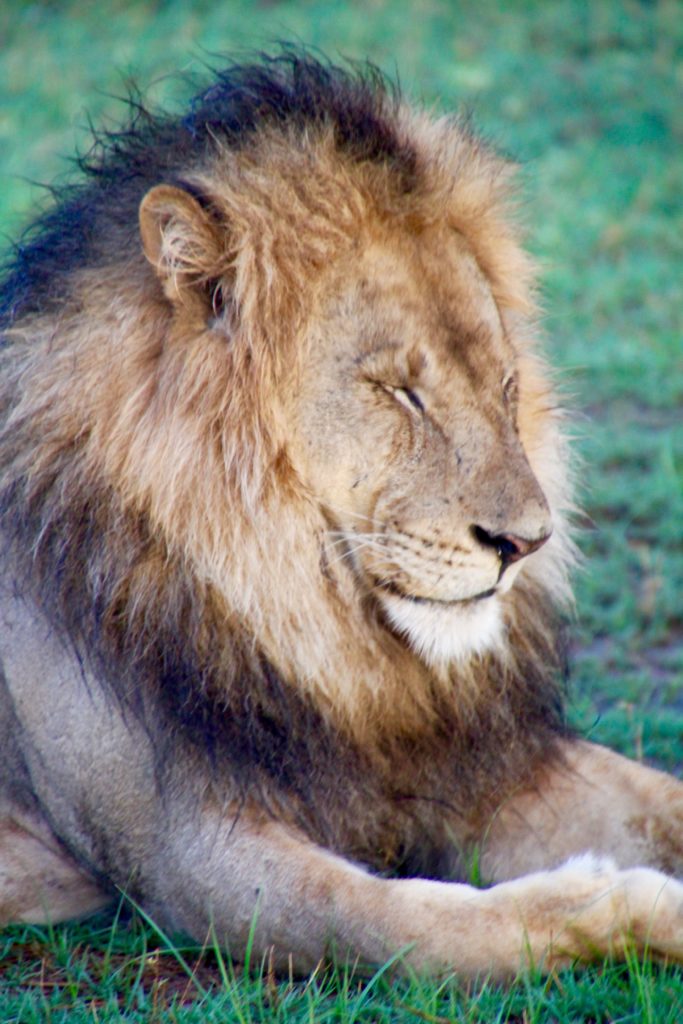
It was amazing to be so close to the king of the jungle. Awe struck and slightly terrified.
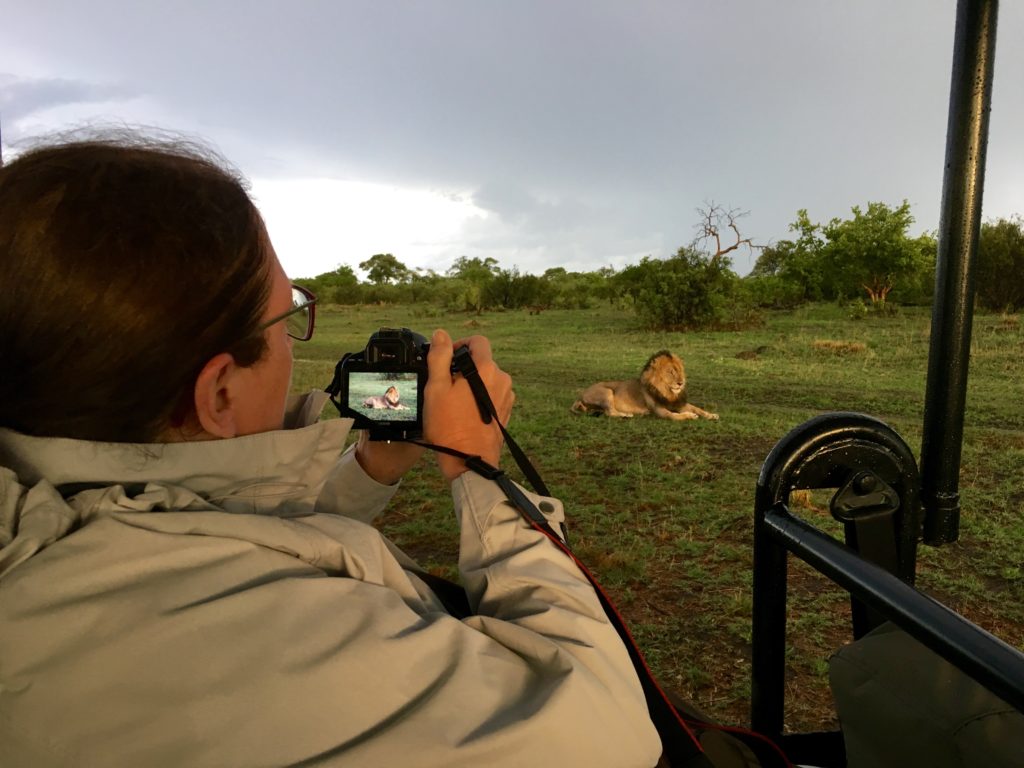
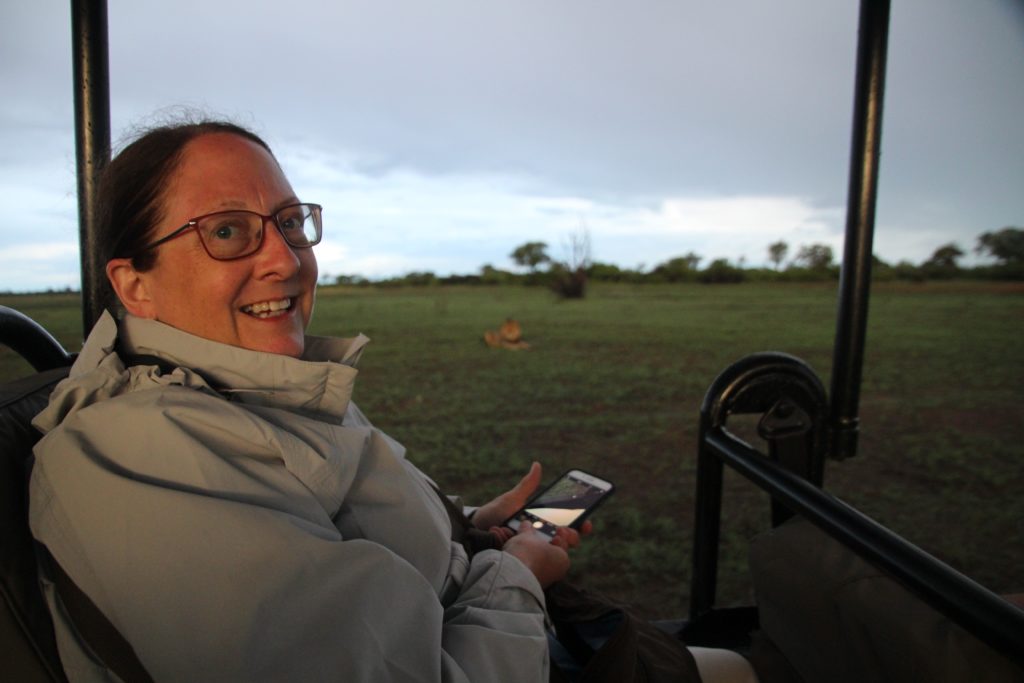
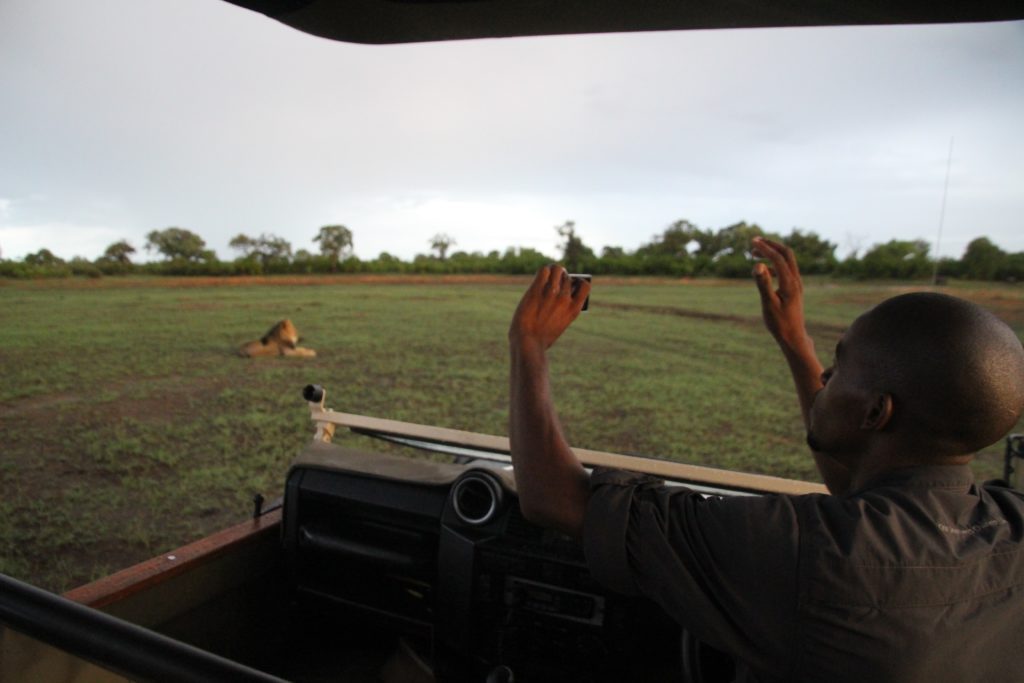
The two males, brothers, were beautiful and relaxed. Sleepily watching a heard of elephants grazing in the distance. Every time the elephants moved away, the lions took a stand, stretched, yawned, and lazily sauntered closer to them.
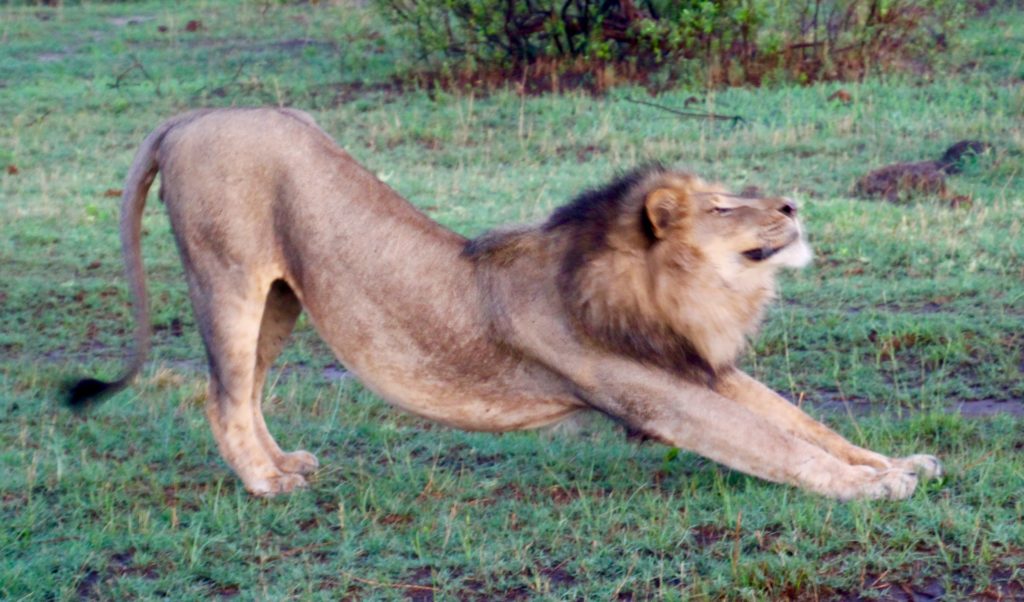
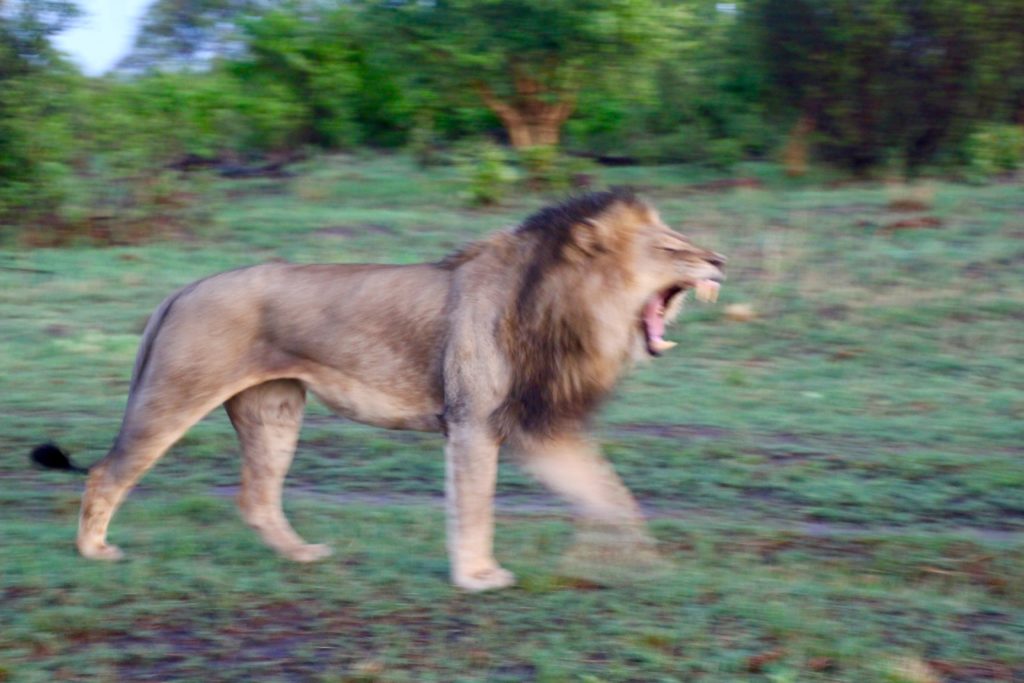
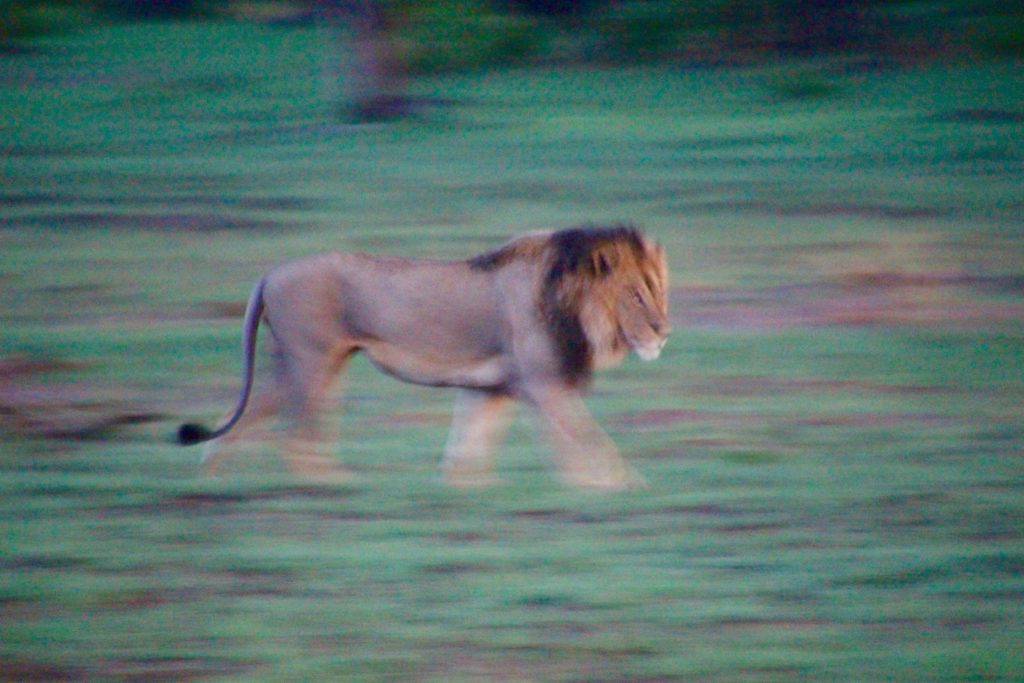
Their amber eyes were stunning and had the magical effect of drawing you in while seemingly reading your mind. “Please don’t eat me!” mine pleaded.
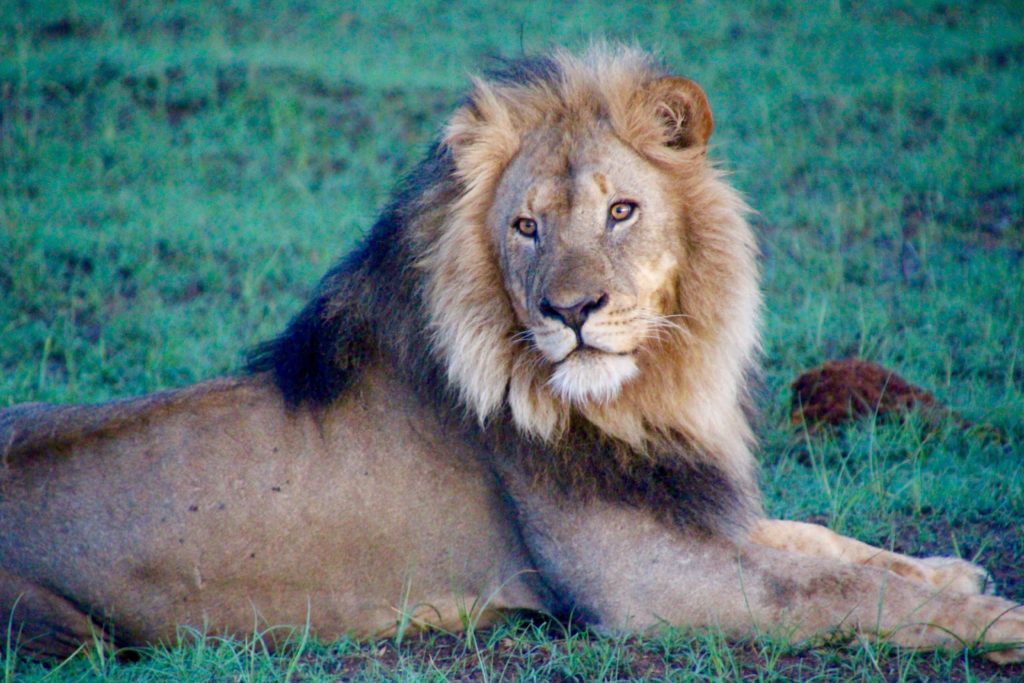
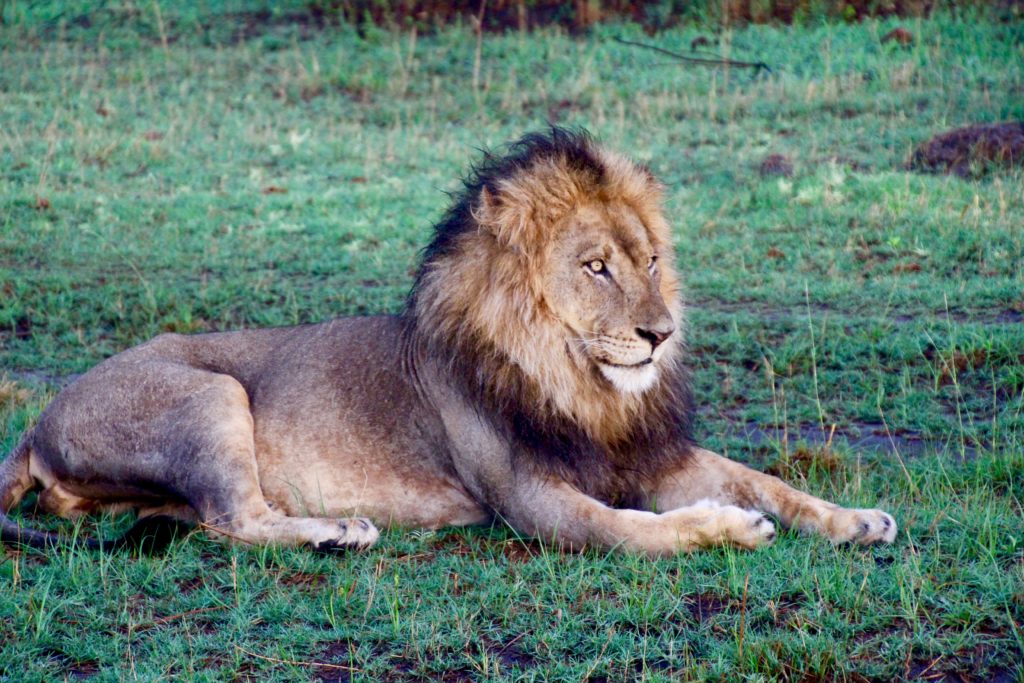
As the sun set, the two started to roar in what sounded like a duet harmonizing. Deep, guttural groans that echoed through the meadow.
We stayed with them for a while as the sun set a brilliant hot pink, casting fluorescent green on the grass. An excellent way to begin our journey in the Okavango Delta.
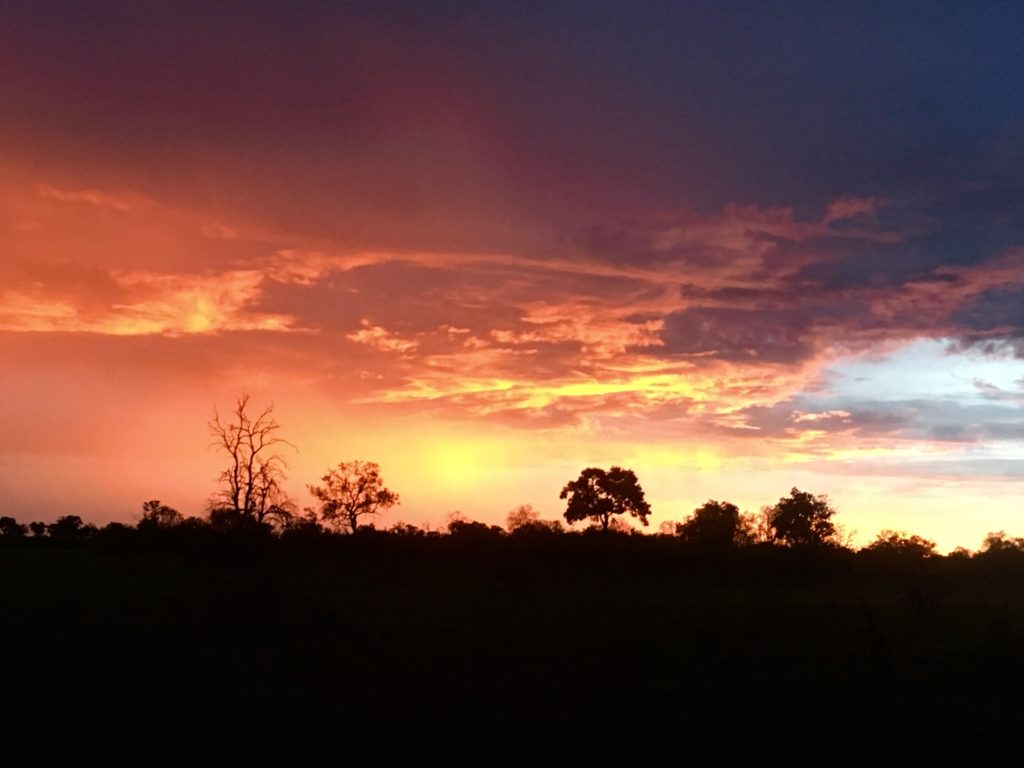
Botswana is approximately 224,610m2 (581,730km2) home to just over 2 million people consisting of many ethnic groups (Bayei, Bakalanga, Babugakwe, Hamkubushu, Bakgalagadi, Batswana, Baherero, Basarwa (San), European), each with its own ethnic identity and language. I was amazed that an entire country of that size held less than the population of my home region! To put that in perspective, Seattle and Washington’s Puget Sound alone contain more than 3.8 million people all crammed into just over 1,000m2 (2,642 km2)!
Retreating into wilderness treasures, like the one in Botswana, was a welcomed relief from the rush of city life.
Many of the indigenous communities are represented within Wilderness Safaris, employed as knowledgeable guides sharing stories of the dynamic ecosystem and their culture and life living in the Delta. To travel through this pristine region, learning from the experts, was honestly the highlight of the experience.
I will end this post here but be sure to sign up for the newsletter to get alerts the day posts go live!
To continue reading more, click here for the next post in the adventure.
Thanks for reading.
Please, follow on social media, and feel free to share the site with others who may feel inspired by the stories hosted at www.womanscientist.com
***
All information obtained through personal conversation with Wilderness Safari guides.
All photos taken by Allison Lee and Cynthia Cusick.
Share this:
